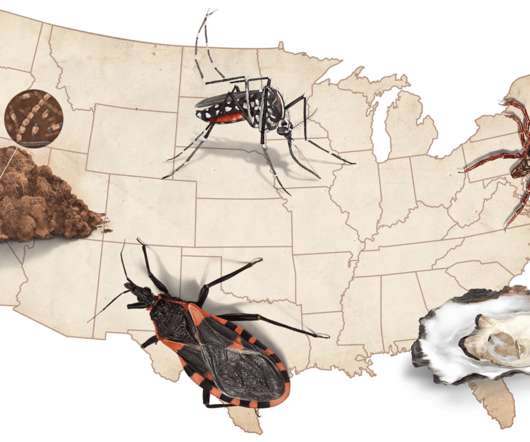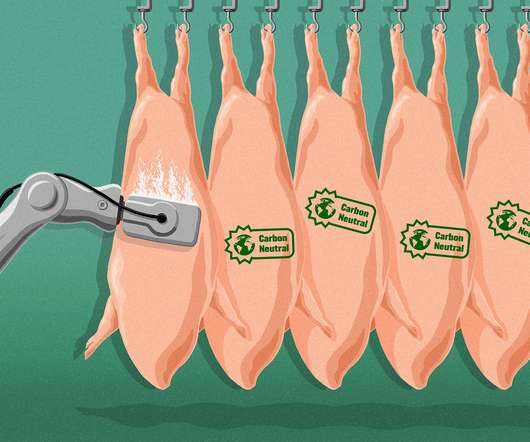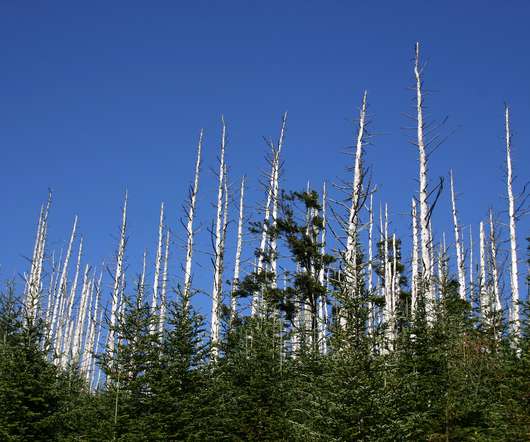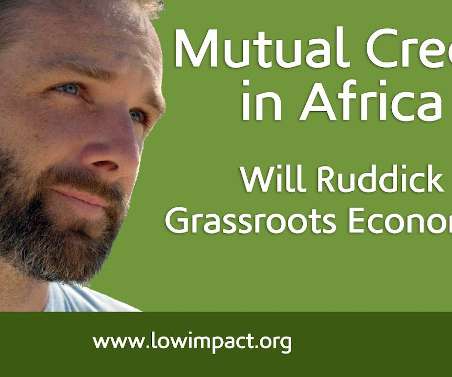The disease after tomorrow
Grist
JUNE 27, 2022
They come from bugs, shellfish, and even soil. Historical range: Chikungunya fever was first identified in Tanzania in the 1950s, remained relatively rare for half a century, and then exploded into more than 60 countries throughout Asia, Africa, Europe, and the Americas after 2004. Since 2014, cases of the virus in the U.S.














Let's personalize your content